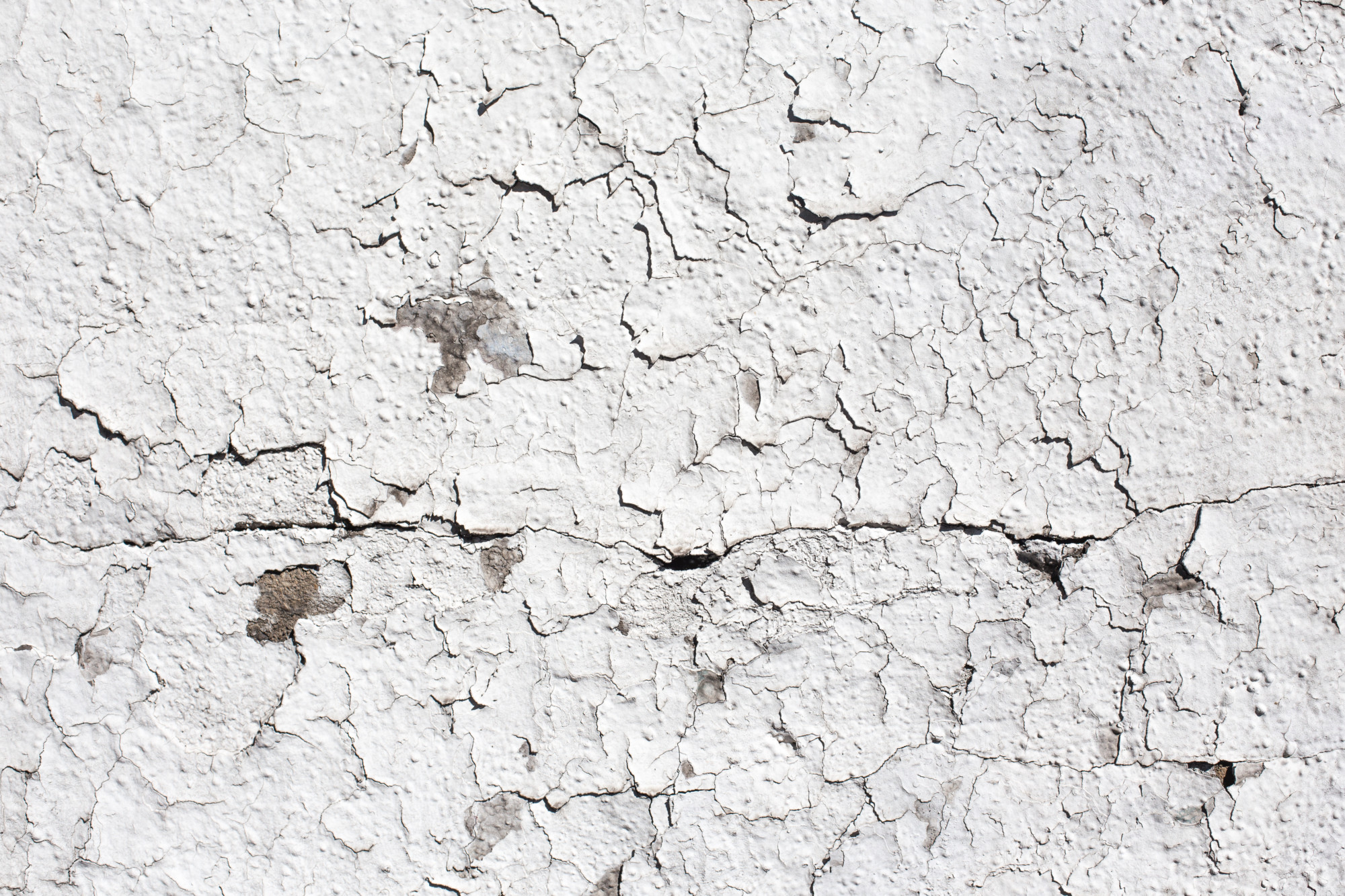Table of Contents Show
Pre-war buildings in NYC are always a top choice for many buyers. They present a slice of history and an aesthetic grandeur that you won’t find in newer buildings. However, they also come with some risks, namely the presence of materials once widely used, asbestos, and lead paint in construction that is now classified as a health hazard.
A primary concern of any NYC homeowner planning a renovation is whether they might expose themselves and their families to these materials. The two most common of which are asbestos and lead paint.
AsbestosAsbestos
Asbestos is a mineral fiber that has been used in a lot of construction materials and insulation because of its strength and heat resistance. It’s very common in NYC buildings constructed before the ’70s, after which it was discontinued when research found that it is highly toxic when inhaled. Long-term exposure can lead to developing mesothelioma, asbestosis, or other asbestos-related diseases.
It’s found around plumbing and beneath the flooring. Anyone looking to carry out renovations in a pre-70s building will naturally be concerned about encountering it. Not just because of the health issues but also the potential costs of dealing with them.
What to do about Asbestos?What to do about Asbestos?
If you suspect the building has asbestos, you should have it thoroughly tested by a licensed asbestos removal firm before starting any renovations. In most cases, it can be dealt with through containment. Unless it becomes airborne, it is not a risk. Merely putting new flooring over it is usually enough to keep it contained.
However, abatement is the only option if the renovations call for knocking down walls or anything that will disturb the asbestos. The costs involved depend on the project’s scope and how much asbestos is found. Removal costs can run from $5,000 to $10,000.
Lead PaintLead Paint
The lead was widespread in the paint, making it more vibrant and longer-lasting. However, it was later found to be very harmful to children and was banned from use in residential buildings in NYC in 1960. Later on, the City’s Childhood Lead Poisoning Prevention Act of 2004 was passed, making it mandatory for landlords to identify and remediate lead-based paint found in apartments with children under six years old.
It can be found wherever paint is found. Occasionally you can also find it in water, but fortunately, NYC’s tap water is very high quality. The primary danger is a child’s ingesting it, as it tends to have a sweet taste. It can cause learning and behavioral problems and delay mental development when consumed.
What to do about Lead Paint?What to do about Lead Paint?
Most home depot stores sell over-the-counter kits that allow you to test for lead in your paint and water. However, it is better to hire a lead testing and abatement firm. If you find any lead paint, but it is in good condition, not flaking, or you don’t have any young children, you could decide to leave it be. If you are concerned about it, hire an EPA-certified abatement firm to care for it.
Depending on the scale of the project, you may need to vacate the home until it is thoroughly cleaned and repainted. For properties with multiple occupants, such as co-ops and condos, it is the responsibility of the owners to handle any removal and repainting. It must be done entirely by the EPA’s guidelines for renovations.

